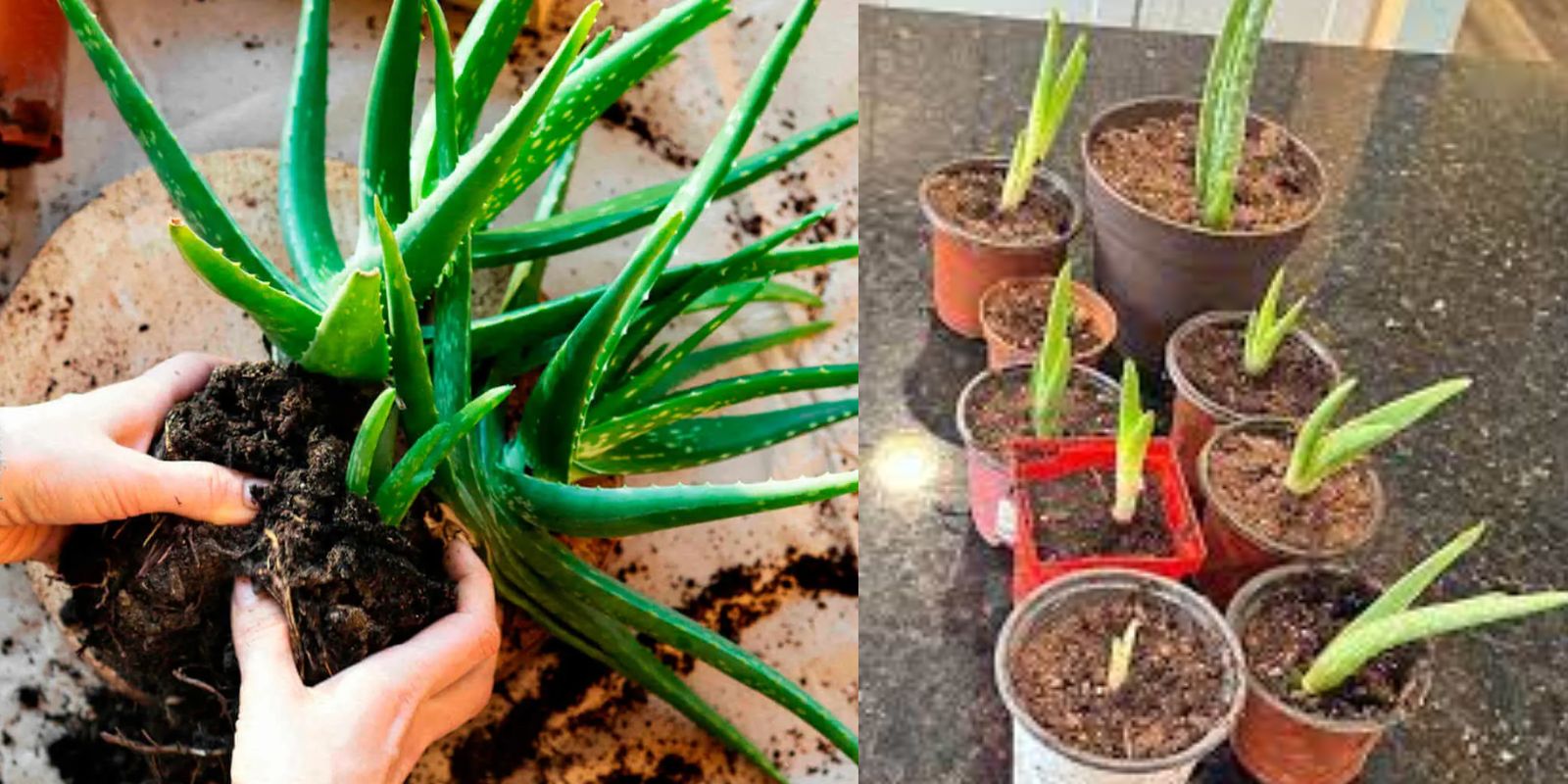Aloe Vera, with its succulent leaves and healing gel, is a favorite among gardeners and herbalists alike. Originally native to warm, arid climates, Aloe Vera is well-known for its resilience and minimal care requirements. However, growing Aloe Vera in cold climates presents unique challenges. This article provides a detailed guide on how to successfully cultivate Aloe Vera even when temperatures dip.
Understanding Aloe Vera
Aloe Vera is a succulent plant characterized by its fleshy, spiky leaves filled with a gel-like substance. It’s widely praised for its medicinal properties, including its ability to soothe burns, moisturize skin, and aid in digestion. Typically, Aloe Vera thrives in warm, sunny environments, making it a popular choice for desert gardens and indoor plant collections.
Challenges of Growing Aloe Vera in Cold Climates
Cold climates pose several challenges for Aloe Vera:
- Temperature Sensitivity: Aloe Vera is sensitive to cold temperatures, particularly below 50°F (10°C). Exposure to frost or freezing conditions can damage the plant and hinder its growth.
- Reduced Light: Shorter days and cloudier skies in colder regions can limit the amount of natural sunlight Aloe Vera receives, affecting its growth and health.
- Humidity and Watering Issues: Cold climates often bring higher humidity levels and irregular watering patterns, which can lead to root rot and other issues.
Essential Tips for Growing Aloe Vera in Cold Climates
1. Choosing the Right Container
In cold climates, using the right container is crucial. Opt for a pot with excellent drainage to prevent water from accumulating at the bottom, which can cause root rot. Terracotta pots are a great choice as they are porous and allow excess moisture to evaporate. Ensure your pot has drainage holes and consider using a saucer to catch any excess water.
2. Selecting the Appropriate Soil
Aloe Vera thrives in well-draining soil. Use a cactus or succulent potting mix, which is designed to provide the drainage Aloe Vera needs. You can also create your own mix by combining regular potting soil with sand or perlite to enhance drainage. Avoid heavy, clay-based soils that retain too much moisture.
3. Providing Adequate Light
Light is essential for Aloe Vera’s growth. In cold climates, natural sunlight may be limited, so you might need to use supplementary lighting. Place your Aloe Vera near a south-facing window where it can receive the maximum amount of sunlight. If indoor light is insufficient, consider using grow lights to ensure the plant gets the energy it needs. Aim for about 12-14 hours of light per day during the winter months.
4. Controlling Temperature
Maintaining the right temperature is crucial for Aloe Vera. The ideal range is between 60-75°F (15-24°C). If temperatures drop below this range, especially during the night, take measures to protect your plant:
- Indoor Growing: If growing indoors, place your Aloe Vera in a warm room away from drafts and cold windows. Use a space heater or heating mat if necessary to maintain a consistent temperature.
- Outdoor Growing: If you’re growing Aloe Vera outdoors, bring the plant inside before the first frost. Use frost covers or blankets to shield the plant if you cannot move it indoors.
5. Watering Wisely
Overwatering is a common issue for Aloe Vera, particularly in cold climates where the plant’s growth slows down. Watering too frequently can lead to root rot. Here’s how to manage watering:
- Watering Schedule: Allow the soil to dry out completely between waterings. During the winter, reduce the frequency of watering, as the plant’s water needs are minimal.
- Watering Technique: Water the plant thoroughly until excess water drains from the bottom of the pot. Avoid letting the plant sit in water.
6. Protecting from Frost
Frost can be detrimental to Aloe Vera. To prevent frost damage:
- Indoor Protection: Keep Aloe Vera indoors or in a heated greenhouse during cold spells. Ensure it’s not placed near cold drafts or windows.
- Outdoor Protection: Use frost cloths or blankets to cover outdoor Aloe Vera plants. Create a makeshift greenhouse using clear plastic sheeting if necessary to trap heat.
7. Monitoring for Pests
Cold stress can make Aloe Vera more susceptible to pests like mealybugs and spider mites. Regularly inspect your plant for any signs of infestation. Use insecticidal soap or neem oil to treat pests if they appear.
Conclusion
Growing Aloe Vera in cold climates requires a bit more effort and attention, but with the right techniques, you can successfully cultivate this versatile plant even in chilly conditions. By choosing the right container, soil, and location, and by managing temperature and watering carefully, you can enjoy the beauty and benefits of Aloe Vera year-round.
Motivational Sentence
Don’t let the cold deter you from growing Aloe Vera—embrace the challenge and enjoy the rewards of this resilient plant in any climate! 🌿❄️ #ColdClimateGardening #AloeVeraCare #IndoorPlants #GardenHacks #WinterGardening #SucculentLove #PlantCareTips

